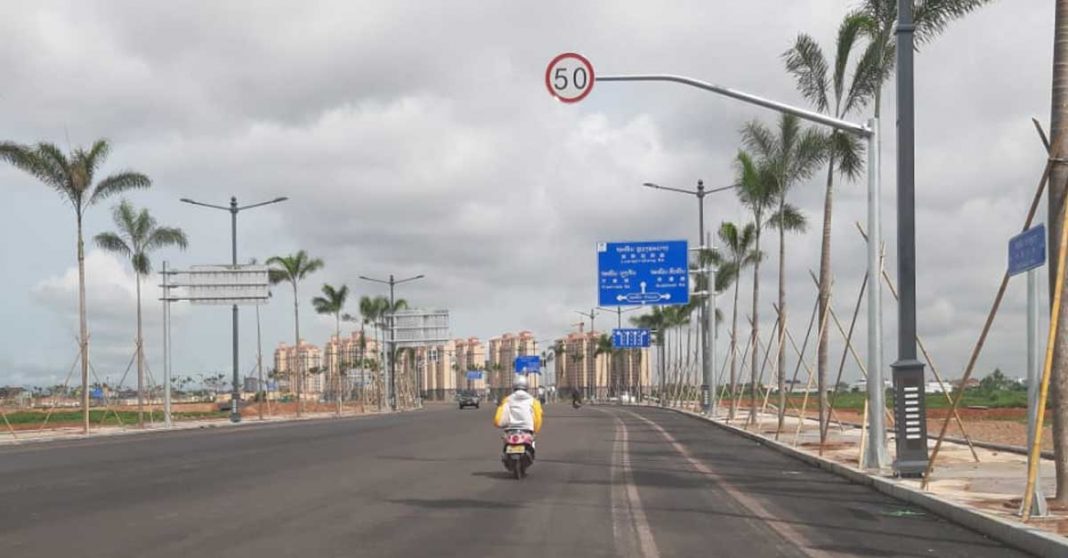The World Bank has projected that economic growth in Laos is expected to recover 6.5 percent in 2019, from 6.3 percent in the previous year, mainly driven by strong investment inflows to large infrastructure projects, including the Lao-China railway.
However, the medium-term outlook of the economy is subject to downside risks amid domestic and global uncertainty such as trade tensions among major economies, the bank said in the Lao PDR Economic Monitor Reports for August.
Favorable short-to-medium term economic growth outlook
The short-to-medium-term growth outlook of the Lao economy is expected to remain “broadly favorable” supported by the construction of large infrastructure projects and operation of power projects, the bank said.
The bank cited the ongoing construction of the Lao-China railway, the Vientiane-Vangvieng expressway, and reconstruction and repair of infrastructure damaged by the 2018 floods as examples.
It also said the upcoming completion of several large power projects, including the Xayaburi Hydropower Project, could boost the county’s economy through exports of increased energy production.
The bank is, however, skeptical about the contribution of the mining sector, projecting that it is expected to gradually decline as the current investment matures without any new investment.
Fiscal consolidation
The government remains committed to fiscal consolidation to contain public debt in the medium term by tightening public spending and improving revenue administration, according to the bank.
This is expected to reduce the budget deficit to 4.3 percent of GDP in 2019 from 4.4 percent in 2018.
As a result, the public debt to GDP ratio is an estimated 58 percent of GDP in 2019, slightly up from 57.2 percent to GDP last year.
A low debt-to-GDP ratio indicates an economy that produces and sells goods and services sufficient to pay back debts without incurring further debt.
The bank said, however, the recently approved public debt management law and upcoming debt management strategy are expected to reduce public debt levels to below 56 percent of GDP in 2021, reducing the debt repayment burden over this period.
Medium-term outlook
As for the medium-term outlook, it remains broadly favorable but subject to downside risks from heightened uncertainty in the global and domestic environment, the bank noted.
The World Bank cited intensified and prolonged trade wars, heightened geopolitical uncertainty, and continued tightening of global financing conditions as external factors.
“Such factors could dampen growth prospects in Laos’s major trading partners, and spill over to the domestic economy through lower trade and investment and reduced prices for key export commodities,” it said.
Meanwhile, the bank cited natural disasters, slower progress in implementing planned measures on the revenue and expenditure fronts, a slowdown in momentum regarding business reforms and economic diversification as domestic factors.
In particular, the bank pointed out that slower progress on public financial management reforms could jeopardize the containment of the fiscal deficit and public debt.
Priorities to mitigate risks
The bank suggested that a priority is, therefore, to create fiscal space through improving tax policy and administration as well as build up reserve buffers to respond to shocks.
“The Lao government has undertaken important revenue and expenditure measures to support fiscal consolidation. However, revenue collection needs to be strengthened to ensure that necessary spending can be carried out while keeping the deficit under control,” the bank noted.
It also said improving the business environment could also contribute to greater macroeconomic stability, job creation and poverty reduction, especially through reversing the decline in the global ranking of the ease of doing business particularly for small and medium-sized enterprises.



